
How to Return 404 with Spring WebFlux
1. Overview With Spring Boot 2 and the new non-blocking server Netty, we don’t have the Servlet context API anymore, so let’s discuss the way […]

1. Overview With Spring Boot 2 and the new non-blocking server Netty, we don’t have the Servlet context API anymore, so let’s discuss the way […]
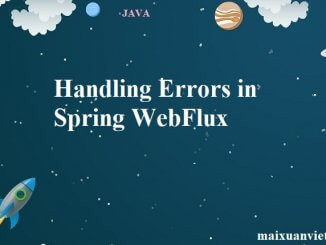
1. Overview In this tutorial, we’ll look at various strategies available for handling errors in a Spring WebFlux project while walking through a practical example. We’ll also […]
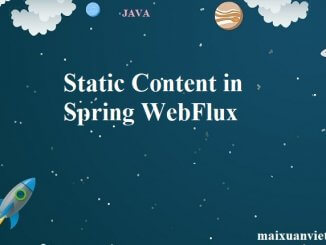
1. Overview Sometimes, we have to serve static content in our web applications. It might be an image, HTML, CSS, or a JavaScript file. In this […]
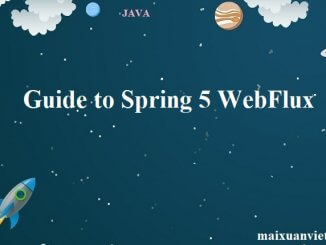
1. Overview Spring WebFlux is part of Spring 5 and provides reactive programming support for web applications. In this tutorial, we’ll be creating a small […]
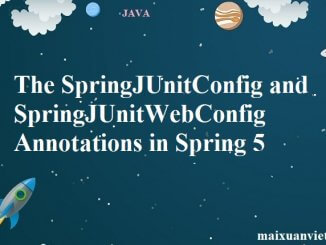
1. Introduction In this quick article, we’ll take a look at the new @SpringJUnitConfig and @SpringJUnitWebConfig annotations available in Spring 5. These annotations are a composition of JUnit 5 […]
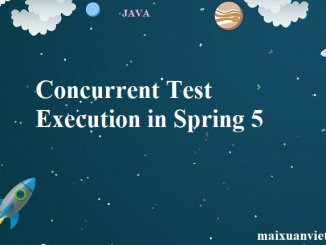
1. Introduction Starting with JUnit 4, tests can be run in parallel to gain speed for larger suites. The problem was concurrent test execution was not […]
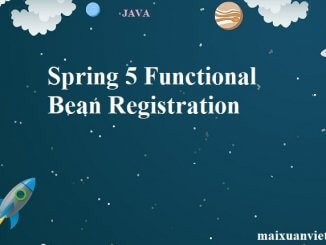
1. Overview Spring 5 comes with support for functional bean registration in the application context. Simply put, this can be done through overloaded versions of a […]

1. Introduction In this quick article, we’ll discover the @EnabledIf and @DisabledIf annotations in Spring 5 using JUnit 5. Simply put, those annotations make it possible to disable/enable particular test […]
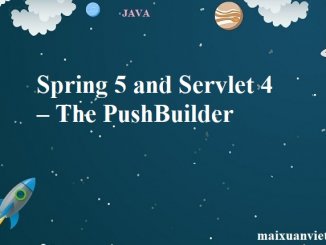
1. Introduction The Server Push technology — part of HTTP/2 (RFC 7540) — allows us to send resources to the client proactively from the server-side. […]
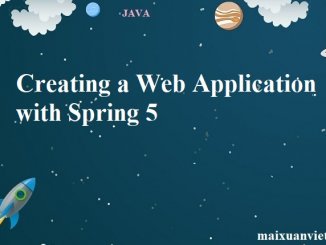
1. Overview The tutorial illustrates how to create a Web Application with Spring. We’ll look into the Spring Boot solution for building the application and also […]

1. Overview In this tutorial, we’ll write a simple application showcasing a fully reactive flow using Spring Data Reactive MongoDB and Spring SSeEmitter. On one side, we’ll apply Spring […]
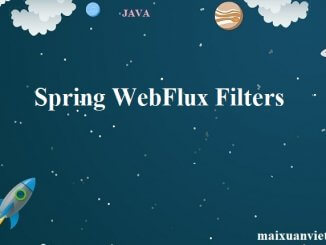
1. Overview The use of filters is widespread in web applications since they give us a way to modify a request or response without changing […]
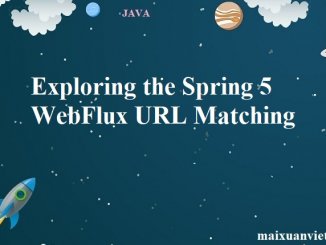
1. Overview Spring 5 brought a new PathPatternParser for parsing URI template patterns. This is an alternative to the previously used AntPathMatcher. The AntPathMatcher was an implementation of Ant-style path pattern matching. PathPatternParser breaks […]

1. Overview In this tutorial, we’re going to examine the WebClient, which is a reactive web client introduced in Spring 5. We’re also going to look […]
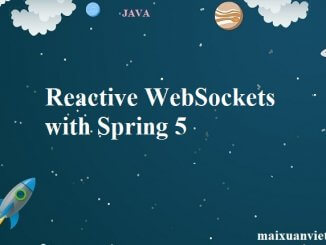
1. Overview In this article, we’re going to create a quick example using the new Spring 5 WebSockets API along with reactive features provided by […]
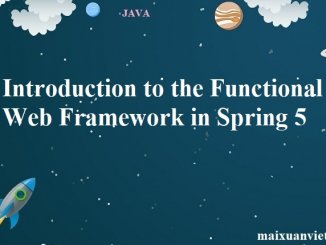
1. Introduction Spring WebFlux is a new functional web framework built using reactive principles. In this tutorial, we’ll learn how to work with it in […]

1. Overview This tutorial will show how to set up and use properties in Spring via Java configuration and @PropertySource. We’ll also see how properties work in Spring […]

1. Overview In this tutorial, we’re going to look at the differences between the standard Spring frameworks and Spring Boot. We’ll focus on and discuss […]

1. Overview The Spring web framework is built around the MVC (Model-View-Controller) pattern, which makes it easier to separate concerns in an application. This allows […]
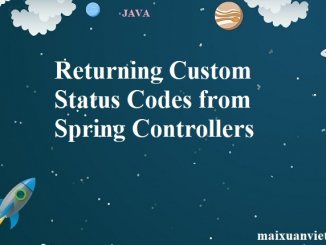
1. Overview This quick article will demonstrate a few ways to return custom HTTP status codes from Spring MVC controllers. This is often important in order to more […]
